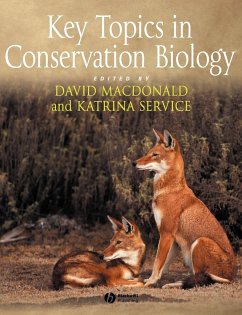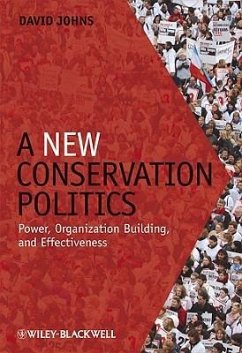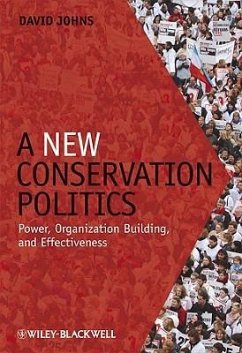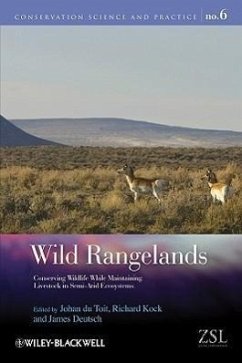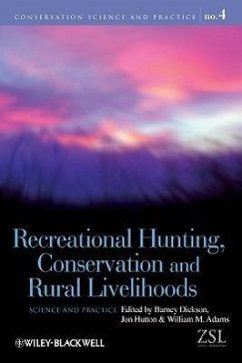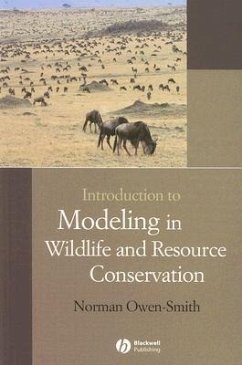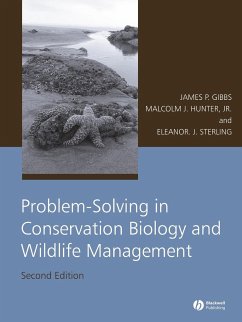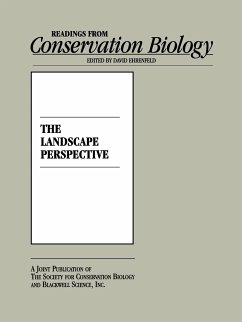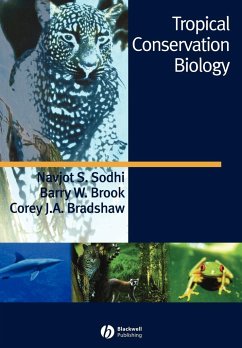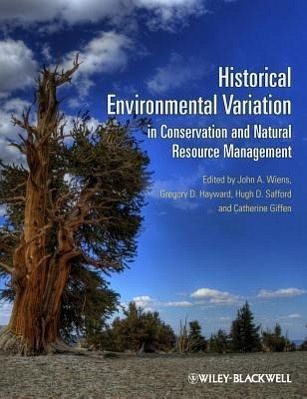
Historical Environmental Variation in Conservation and Natural Resource Management

PAYBACK Punkte
94 °P sammeln!
For decades, conservationists and resource managers have believed that the long-term persistence of populations and ecosystems requires maintaining the conditions they have experienced in the past--the historical range of variation. With the environment now changing rapidly, conditions in the future may be quite different from those in the past, leading to questions about whether past history is relevant to future conservation and management. In this book, both scientists and practitioners consider how historical knowledge can be used in conservation and resource management, with particular em...
For decades, conservationists and resource managers have believed that the long-term persistence of populations and ecosystems requires maintaining the conditions they have experienced in the past--the historical range of variation. With the environment now changing rapidly, conditions in the future may be quite different from those in the past, leading to questions about whether past history is relevant to future conservation and management. In this book, both scientists and practitioners consider how historical knowledge can be used in conservation and resource management, with particular emphasis on forests. Although future environments may depart from their past range of variation, the recent and long-term history of populations and ecosystems has determined what they are today, knowledge that is important in assessing their resiliency and adaptability to future environmental changes.





